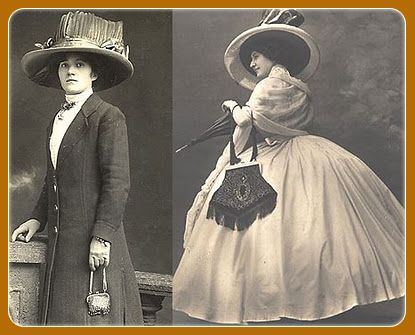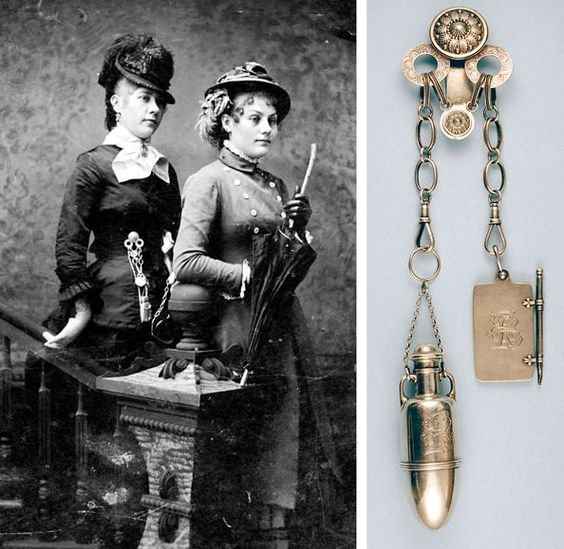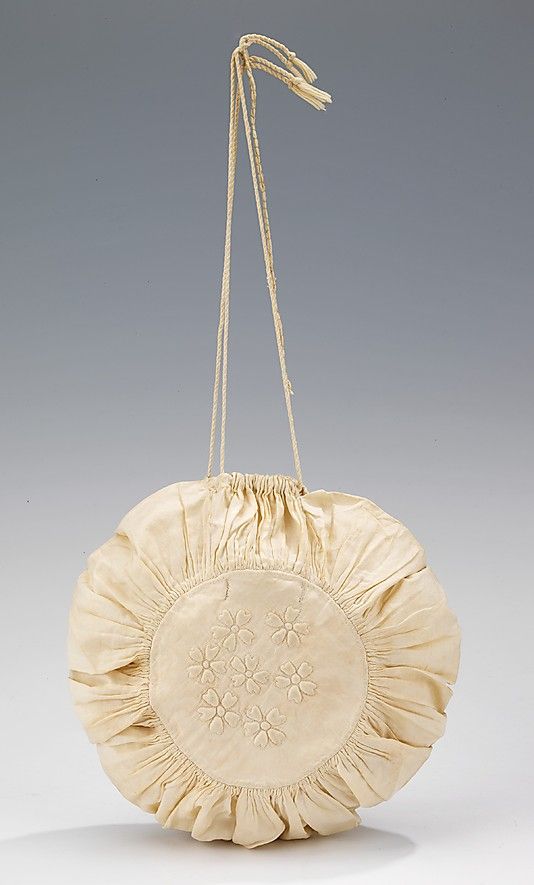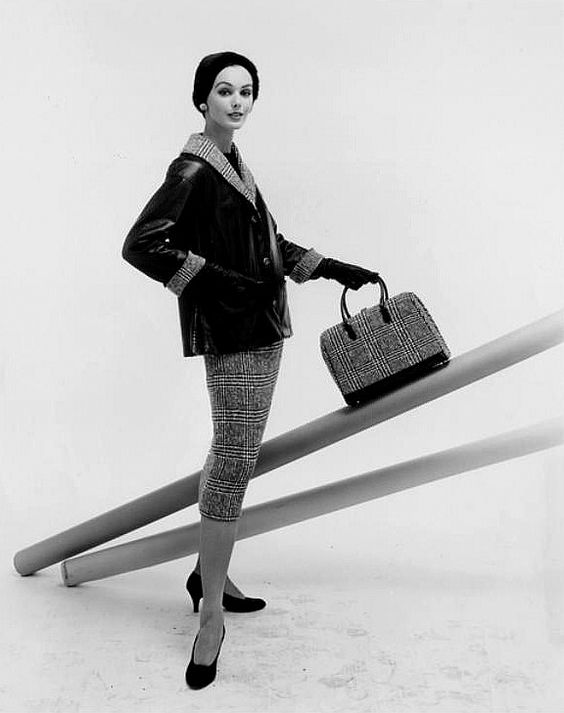A guide to the History of the Handbag

Today’s designer handbags have a long history.
Early Europeans used handbags just as we do today—to store personal belongings needed for the day. Clothing had no pockets until the 17th century, so men also carried handbags for things like coins and relics.
In today’s time, the handbag is an essential accessory for just about every woman. It’s quite possibly the handiest essential (literally!). There is a bag to suit every lifestyle.

It is amazing how designers always seem to somehow make this accessory new and fresh each season. How is it that such a simple concept can take on so many different forms?
Handbags in those days!
Purses are as old as they come- ancient Egyptian hieroglyphics show men sporting pouches tied around the waist, and African priests carried bags embellished with beading.

https://in.pinterest.com/pin/318700111100694132/
In fact, the handbag was originally a unisex. A handbag’s purpose is to carry money and various personal items while out and about. In earlier times, it was a necessary accessory for men and women alike, because clothes did not yet have pockets.
Pockets were introduced to men’s clothing during the Renaissance, making handbags solely a woman’s domain. Starting in the 16th century, women wore their bags on a hook called a chatelaine. Women could store small objects such as keys, scissors and sewing kits in it.

https://in.pinterest.com/pin/514536326167111848/
The First “Hand” Bag
Thigh pockets would soon lose their appeal as fashion trends began to shift in the 18thcentury. When Pompeii was discovered, suddenly all things Greek and Roman were in vogue. Skirts and dresses became more streamlined. This prompted the invention of the first actual “hand” bag- a container carried by hand on a cord or chain.
The 19th century’s industrial revolution greatly benefited the development of the handbag- new manufacturing methods and materials could be incorporated into its design.

https://in.pinterest.com/pin/374502525238688440/
The 20th Century
The handbag continued to develop and transform in the 20th century. Women entered the workforce in greater numbers as time went on, and as a result, they became much more mobile and independent. This meant their bags had to be designed to suit this new lifestyle.
Practical needs overpowered design elements, such as leather document cases for the office, or an additional shoulder-strap for comfort.

https://www.pinterest.com/pin/343751384044240501/
From the 1950s onward, handbags began to gain cult status. Purses were evolving into a true fashion accessory, rather than a simply utilitarian item.
The 1950s had a strict set of style rules, one of them being that a handbag should coordinate perfectly with an outfit. Because of this, people began to notice bags as a trend.
High-end design houses began to release “It” bags - classic styles that would eventually become iconic. The first was Chanel’s 2.55, named for its release date of February 1955 (and incidentally, has enjoyed resurgence in the 2000s).
The 1980s brought the unisex Prada backpack, and of course, the famed Birkin bag. In 1997, Fendi released the tiny Baguette, and the list has continued into the 2000s.
The handbag has continued to be a necessary component of a woman’s wardrobe and will most likely continue to do so. The handbag is an iconic piece that won’t be leaving anytime soon!